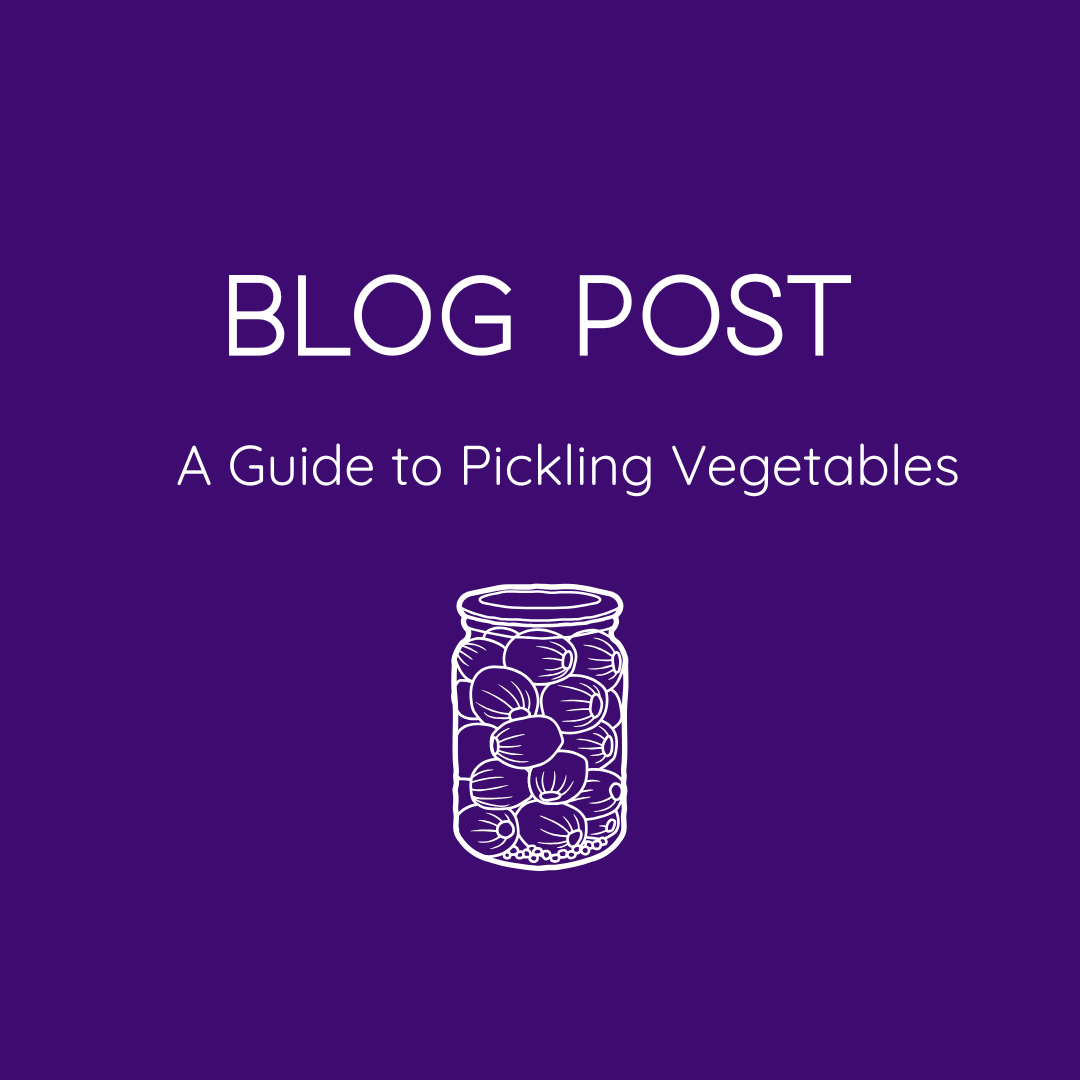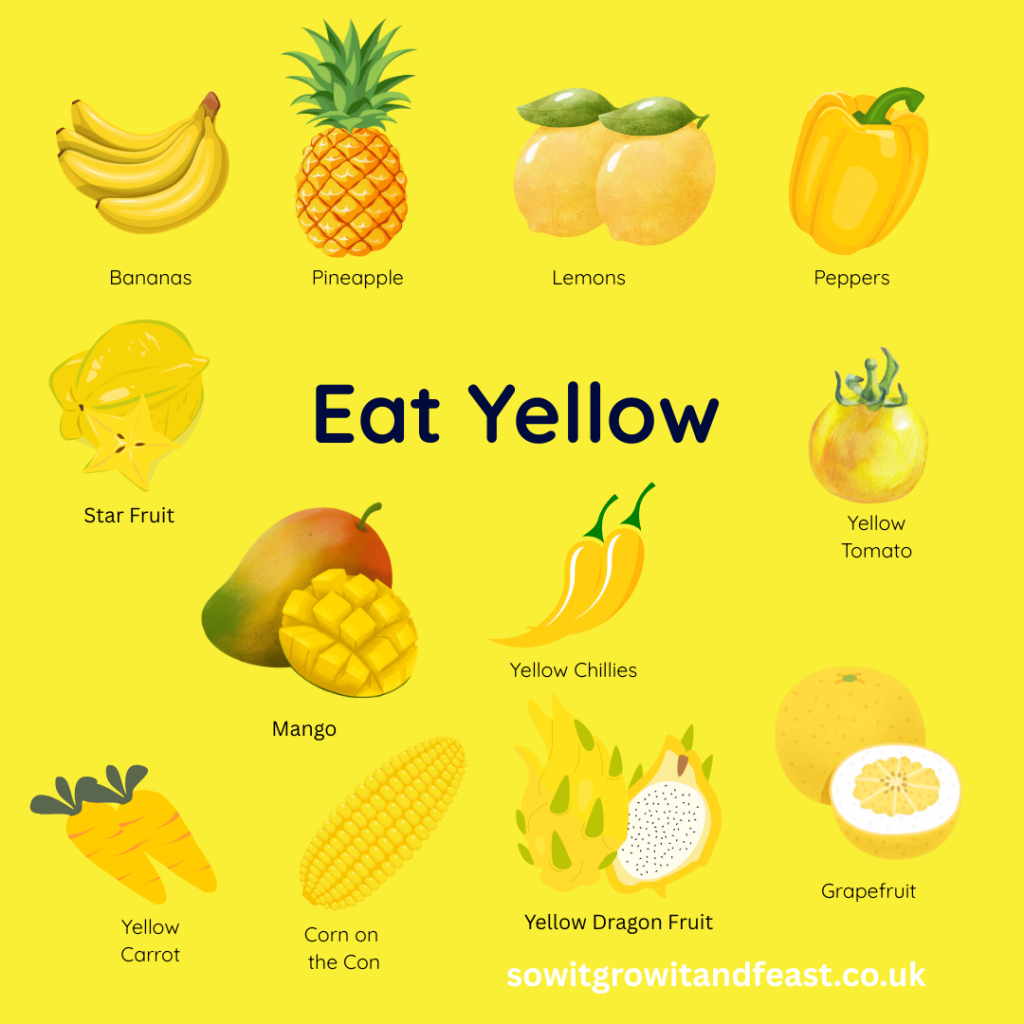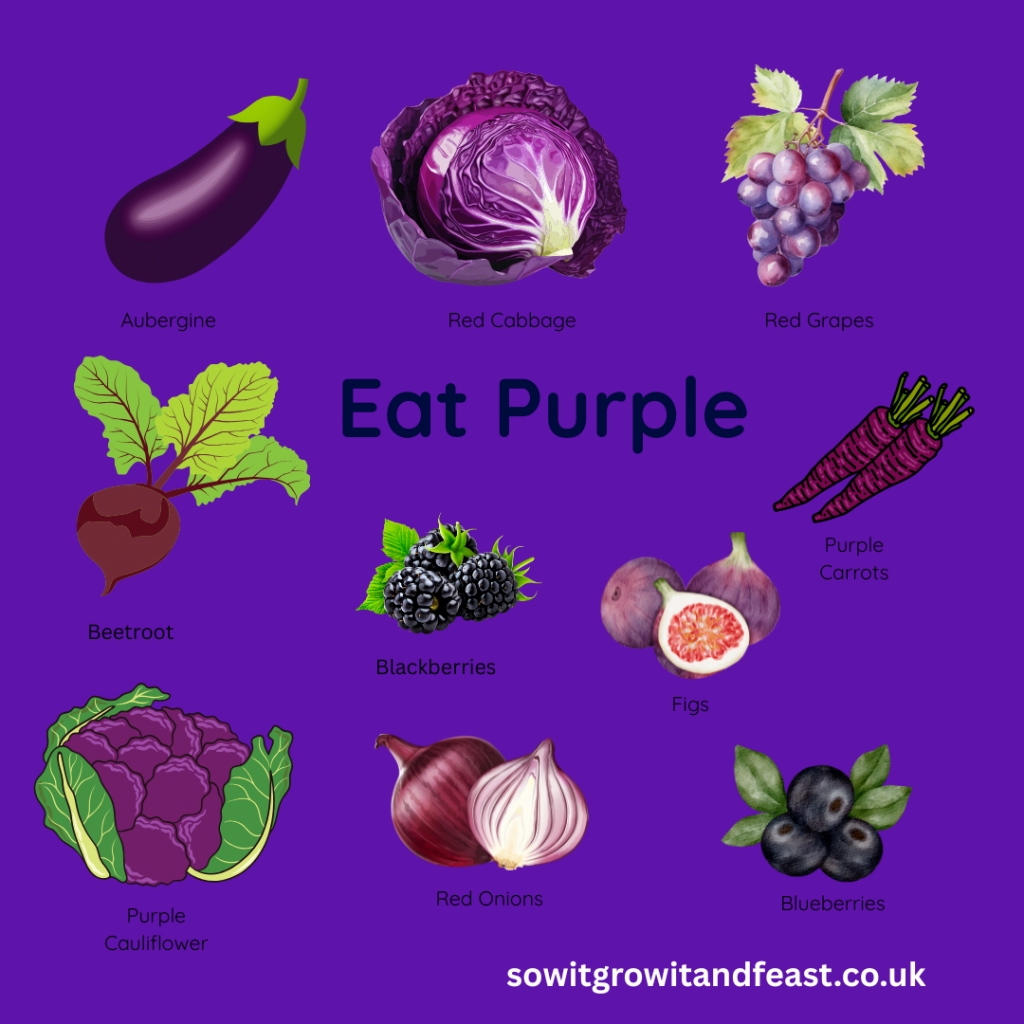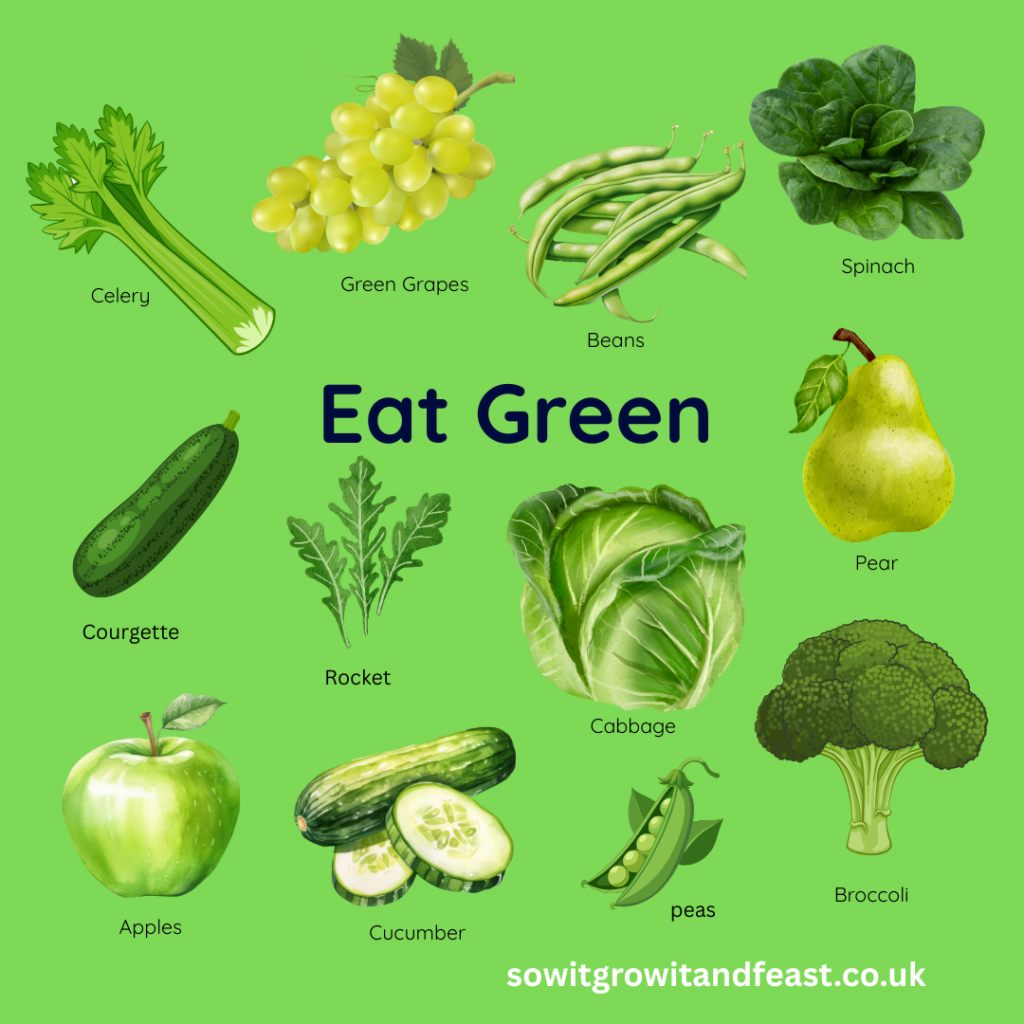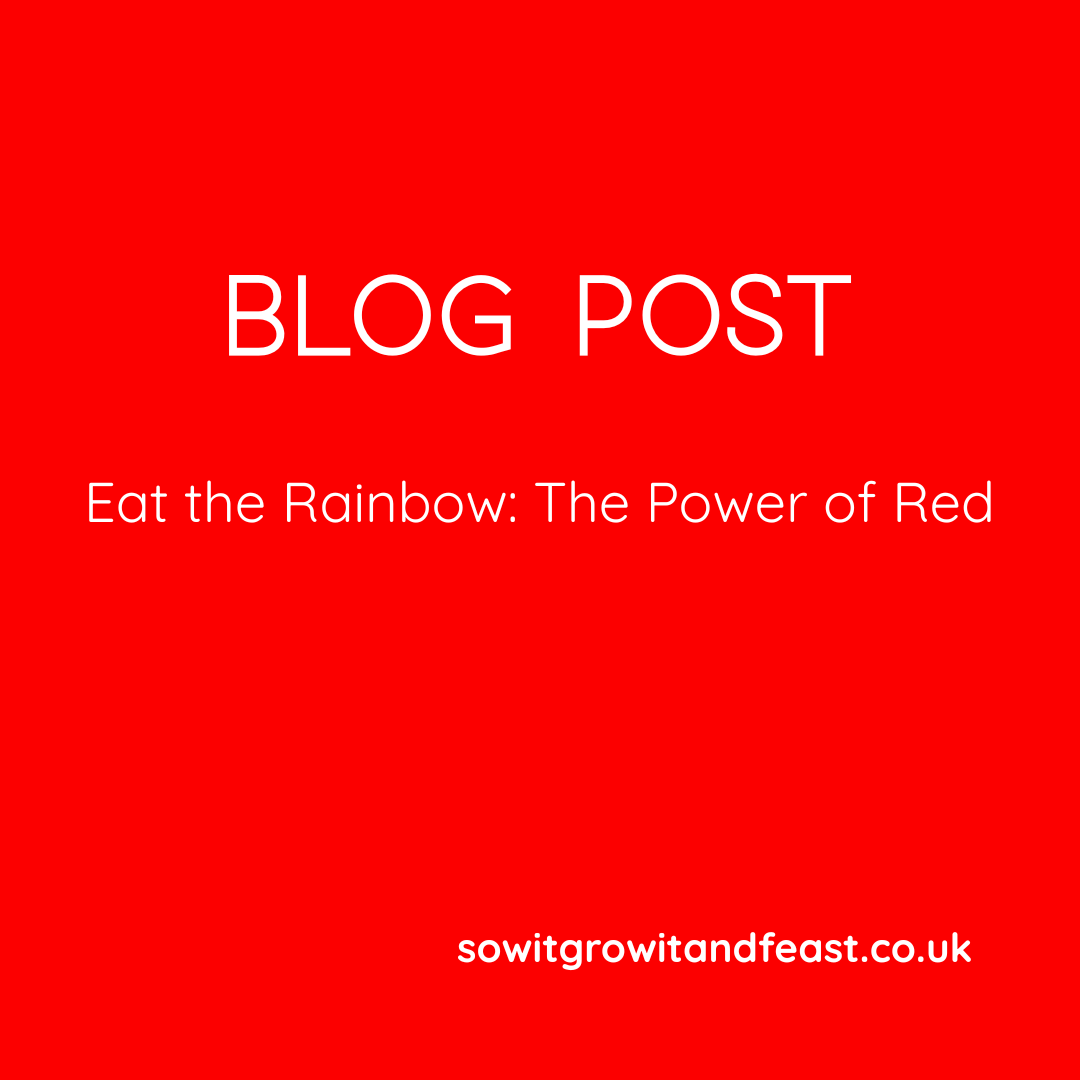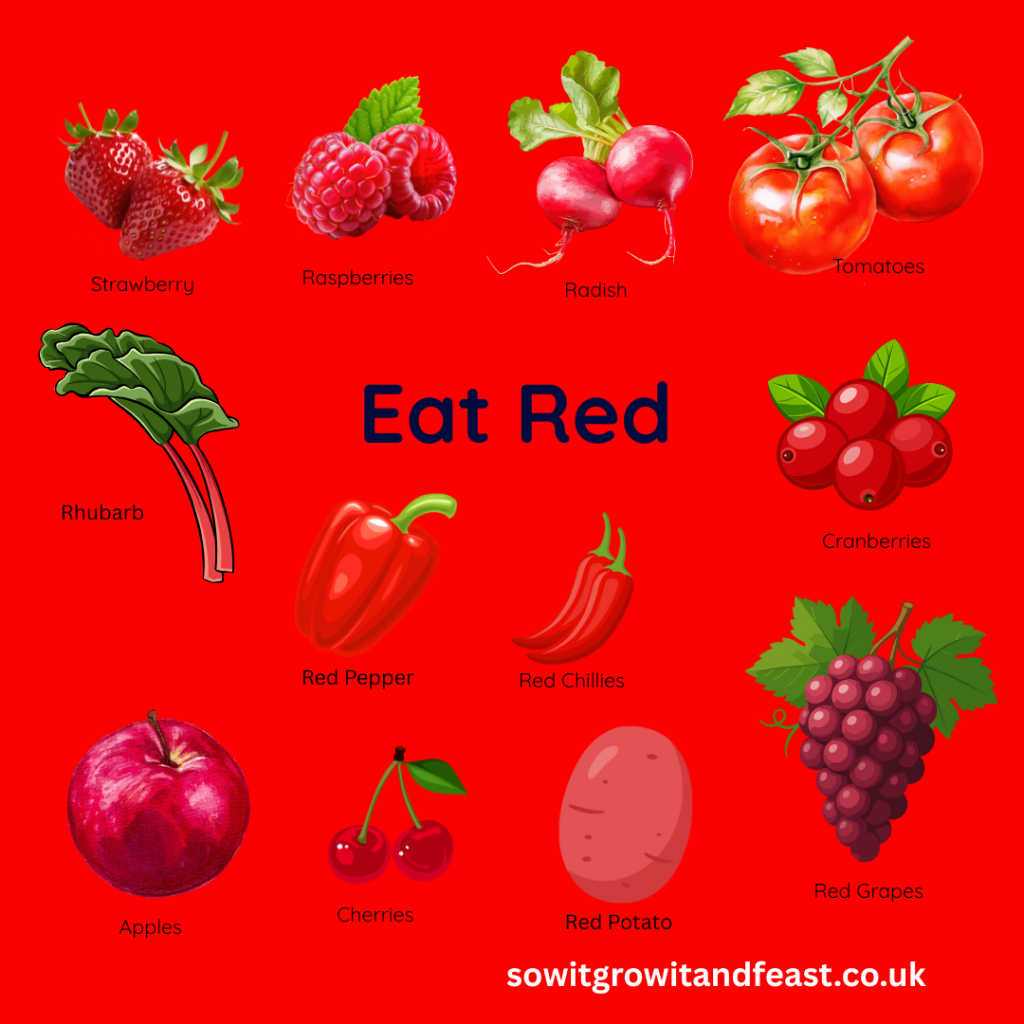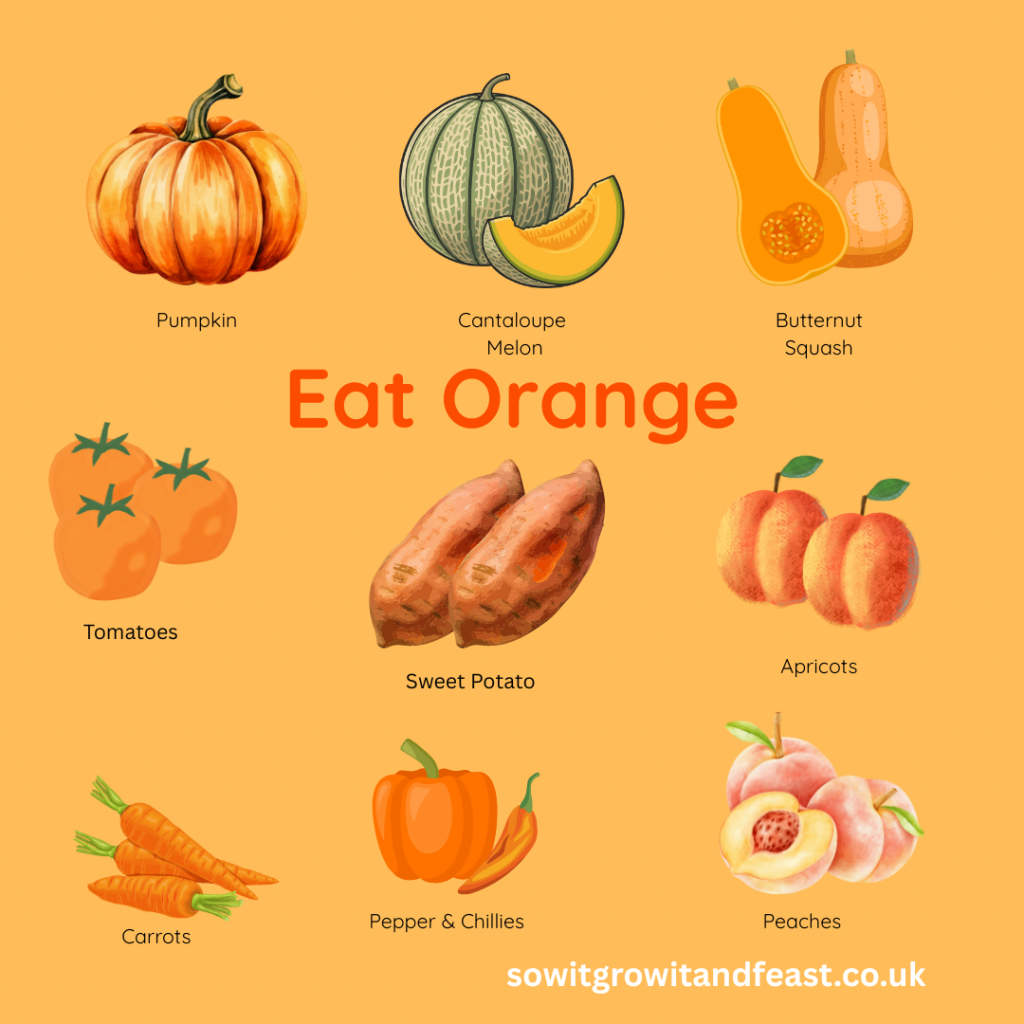Step into any well-stocked pantry, and you will likely find a jar of something pickled. From the familiar tang of a pickled onion to the vibrant hue of beetroot, pickling is a timeless tradition that transforms everyday vegetables into something truly special. This age-old preservation method is not just practical; it’s a wonderful way to capture the taste of the seasons, reduce food waste, and add a burst of flavour to your meals.
If you’ve ever wondered how to turn your garden harvest into delicious, long-lasting pickles, you’ve come to the right place. This guide will walk you through everything you need to know to start your pickling adventure. We will explore the history of this fascinating process, learn the basic steps, and discover which vegetables from your garden are perfect for pickling. Get ready to fill your jars with colour and taste!
What is Pickling?
At its heart, pickling is the process of preserving food in an acidic solution, typically vinegar, or through anaerobic fermentation in brine (a salt and water solution). The high acidity or salt content creates an environment where harmful bacteria cannot survive, allowing food to be stored for long periods without refrigeration.
There are two main methods of pickling:
- Vinegar Pickling (Quick Pickling): This is the most common method for home pickling. Vegetables are submerged in a hot pickling liquid, usually made from vinegar, water, salt, and sugar. Spices and herbs are often added for extra flavour. These pickles, also known as “quick pickles” or “refrigerator pickles,” are stored in the fridge and are ready to eat in as little as 24 hours. For long-term storage, they can be processed in a water bath canner.
- Fermentation Pickling: This traditional method relies on the natural lactobacilli present on the surface of vegetables. When submerged in a saltwater brine, these good bacteria convert sugars in the vegetables into lactic acid. This lactic acid acts as a natural preservative and gives fermented pickles their distinctive sour taste. This process takes longer, often several weeks, and results in a product rich in probiotics.
Both methods produce delicious results, but this guide will focus primarily on the simpler and more immediate vinegar pickling method, which is perfect for beginners.
A Brief History of Pickling
The practice of pickling is ancient, with evidence suggesting that cucumbers were first pickled in Mesopotamia over 4,000 years ago. In the UK, pickling became a household necessity long before the advent of refrigerators. It was an essential way for families to preserve their summer and autumn harvests to see them through the lean winter months.
During the 17th and 18th centuries, pickled foods were a staple on long sea voyages, providing sailors with a source of vitamins to help prevent scurvy. Exotic spices brought back from these journeys, like cloves, mace, and peppercorns, began to appear in pickling recipes, adding new and exciting flavours.
The Victorian era saw a surge in the popularity of pickling. Mrs. Beeton’s famous Book of Household Management (1861) contained numerous recipes for pickled onions, red cabbage, walnuts, and a zesty mixed pickle known as piccalilli. These pickles were not just for preservation; they became a key part of the British culinary identity, served alongside cold meats, cheeses, and ploughman’s lunches in pubs across the country.
Today, while we have modern preservation methods, the tradition of home pickling is enjoying a revival. It connects us to our heritage, allows us to be more sustainable, and offers a hands-on way to create unique and flavourful foods.
How to Pickle: A Step-by-Step Guide
Making your own pickles is a rewarding and straightforward process. Here’s a basic guide to get you started with vinegar pickling.
1. Prepare Your Jars
Your jars must be perfectly clean and sterilised to prevent bacteria from spoiling your pickles. Wash your glass jars and lids in hot, soapy water, then rinse them thoroughly. To sterilise them, place the jars and lids on a baking tray and put them in a preheated oven at 140°C (120°C fan) for at least 10 minutes. Keep them warm until you’re ready to fill them.
2. Prepare Your Vegetables
Choose fresh, firm, and blemish-free vegetables. Wash them well under cold running water. Depending on the vegetable, you might need to peel, trim, slice, or chop them into your desired shape and size. Try to keep the pieces uniform so they pickle evenly. Some hard vegetables, like carrots or beetroot, benefit from a quick blanching (a brief plunge into boiling water) to help them absorb the pickling liquid more effectively.
3. Make the Pickling Liquid (Brine)
The brine is the heart of your pickle. A standard ratio is one part vinegar to one part water, but you can adjust this for a sharper or milder taste.
- Vinegar: Use a vinegar with at least 5% acidity. Malt vinegar is traditional for British-style pickles, offering a strong, distinct flavour. Cider vinegar provides a fruity tang, while white wine vinegar is milder.
- Water: Use filtered water if possible, as the chemicals in tap water can sometimes affect the pickle quality.
- Salt: Use pickling salt or a pure sea salt without anti-caking agents, which can make the brine cloudy.
- Sugar: Castor or granulated sugar balances the acidity of the vinegar. You can adjust the amount to your taste.
Combine the vinegar, water, salt, and sugar in a non-reactive saucepan (like stainless steel or enamel). Bring the mixture to a boil, stirring until the salt and sugar have completely dissolved.
4. Pack and Fill the Jars
Add any spices or herbs to the bottom of your warm, sterilised jars. Popular additions include mustard seeds, peppercorns, cloves, bay leaves, and fresh dill.
Pack your prepared vegetables tightly into the jars. Pour the hot pickling liquid over the vegetables, ensuring they are completely submerged. Leave about a 1cm (1/2 inch) head space at the top of the jar. Use a non-metallic utensil to poke around the inside of the jar and release any trapped air bubbles.
5. Seal and Store
Wipe the rims of the jars clean, then seal them tightly with the sterilised lids. Let the jars cool completely. As they cool, you may hear a ‘pop’ as the vacuum seal forms.
Label your jars with the contents and the date. Store them in a cool, dark place for at least a few weeks to allow the flavours to develop. For quick pickles, you can store them in the refrigerator and they’ll be ready to eat in a day or two.
What to Pickle From the Vegetable Garden
Many garden vegetables are perfect for pickling. Here are a few favourites:
- Cucumbers: The classic choice for gherkins.
- Onions: Small shallots or pearl onions are ideal.
- Beetroot: Cooked and sliced or diced before pickling.
- Carrots: Sliced into rounds or sticks.
- Cauliflower: Broken into small florets.
- Green Beans: Trimmed and pickled whole.
- Radishes: Sliced thinly for a peppery crunch.
- Courgettes: Sliced into rounds or spears.
- Red Cabbage: Shredded for a vibrant, crunchy pickle.
Feel free to experiment with other vegetables like bell peppers, chillies, or even unripe green tomatoes.
Classic Pickling Recipes
Ready to try your hand at pickling? Here are two classic recipes to get you started.
Traditional Pickled Onions
This recipe creates the sharp, crunchy onions that are a perfect accompaniment to a cheese board.
Ingredients:
- 1kg small shallots or pickling onions
- 100g sea salt
- 1 litre malt vinegar
- 2 tbsp soft brown sugar
- 1 tsp black peppercorns
- 1 tsp mustard seeds
- 1 bay leaf
Method:
- Peel the onions and place them in a large bowl. Sprinkle with the salt, mix well, and cover. Leave for 24 hours, then rinse the onions thoroughly and pat them dry.
- In a saucepan, gently heat the vinegar, sugar, and spices until the sugar dissolves. Bring to a simmer, then remove from the heat and let it cool completely.
- Pack the onions into sterilised jars.
- Pour the cooled, spiced vinegar over the onions, ensuring they are fully covered.
- Seal the jars and store them in a cool, dark place for at least one month before eating.
Sweet and Tangy Pickled Beetroot
A British classic, perfect in sandwiches or alongside a salad.
Ingredients:
- 1kg fresh beetroot, scrubbed
- 500ml cider vinegar
- 250g castor sugar
- 1 tsp black peppercorns
- A few cloves
Method:
- Boil the beetroot in a large pan of water for 30-40 minutes, or until tender. Drain and let them cool enough to handle.
- Wearing gloves to avoid staining your hands, peel the beetroot and slice it into rounds or dice it.
- While the beetroot is cooling, prepare the brine. Heat the vinegar, sugar, and spices in a saucepan until the sugar dissolves. Bring to a boil, then simmer for 5 minutes.
- Pack the beetroot into warm, sterilised jars.
- Pour the hot vinegar mixture over the beetroot. Seal the jars.
- Store in a cool, dark place for at least two weeks.
Tips for Perfect Pickles
- Use the freshest produce: Pickling won’t improve the quality of old or wilted vegetables.
- Don’t use reactive pans: Avoid aluminium, copper, or iron pans, as they can react with the vinegar and give your pickles a metallic taste.
- Check your seals: After your jars have cooled, press the centre of the lid. If it doesn’t move, the jar is sealed. If it ‘pops’ back, the seal is not secure, and the jar should be refrigerated and used within a few weeks.
- Be patient: Most pickles taste better after the flavours have had time to meld and develop.
Storing Your Pickles and Their Benefits
Properly sealed and processed pickles can be stored in a cool, dark pantry for up to a year. Once opened, keep them in the refrigerator and consume them within a few months.
Pickled vegetables retain many of their original nutrients, including vitamins and minerals. The vinegar used in pickling also has potential health benefits, such as aiding digestion. Fermented pickles are an excellent source of probiotics, which are beneficial for gut health.
While pickles can be a healthy addition to your diet, they are often high in sodium. It’s best to enjoy them in moderation as part of a balanced diet.
Get Started on Your Pickling Journey
Pickling is more than just a method of food preservation; it’s a way to connect with the seasons, reduce food waste, and create something delicious with your own hands. By following these simple steps, you can fill your pantry with colourful jars of homemade pickles that will brighten up your meals all year round.
Ready to explore the world of pickling? Plan a visit to a garden or local farm shop, gather some fresh produce, and get ready to transform your harvest into tangy treasures.
Further Reading: Chutney: A Taste of History in a Jar, Warming Autumn Soups to Soothe the Soul, From Garden to Oven: Autumn Vegetable Bakes for the Family, Transform Leftover Veggies into Delicious House Pickles, Save Time and Money with Batch Cooking
